Regulierung internationaler Finanzmärkte und Banken
Diese Forschungsgruppe analysiert Ursachen und Konsequenzen von internationalen Aktivitäten von Banken sowie den regulatorischen Rahmen, innerhalb dessen globale Banken operieren.
International aktive Banken können eine effiziente internationale Kapitalallokation vereinfachen und zur internationalen Risikoteilung beitragen. Allerdings können sie auch Instabilitäten generieren und zu einer Übertragung von Schocks über nationale Grenzen hinaus beitragen. Dies ist einer der Gründe für die aktuelle Re-Regulierung des internationalen Bankensystems.
Die Forschungsgruppe trägt auf drei verschiedenen Wegen zur Literatur bei. Erstens analysiert die Gruppe empirisch, warum internationale Banken global aktiv sind und wie Schocks im Finanzsystem übertragen werden. Zweitens untersucht die Gruppe das Entstehen von systemischen Risiken und Ungleichgewichten im integrierten Bankenmarkt und die sich daraus ergebenden Konsequenzen für die Realwirtschaft. Drittens werden die Auswirkungen von Änderungen bezüglich der Bankenaufsicht und Bankenregulierung analysiert, mit einem besonderen Fokus auf dem europäischen Integrationsprozess
IWH-Datenprojekt: International Banking Library
Forschungscluster
Wirtschaftliche Dynamik und StabilitätIhr Kontakt

Mitglied - Abteilung Finanzmärkte
PROJEKTE
07.2017 ‐ 12.2022
Die politische Ökonomie der europäischen Bankenunion
Europäischer Sozialfonds (ESF)
Ursachen für nationale Unterschiede in der Umsetzung der Bankenunion und daraus resultierende Auswirkungen auf die Finanzstabilität.
01.2015 ‐ 12.2017
Dynamic Interactions between Banks and the Real Economy
Deutsche Forschungsgemeinschaft (DFG)
Referierte Publikationen
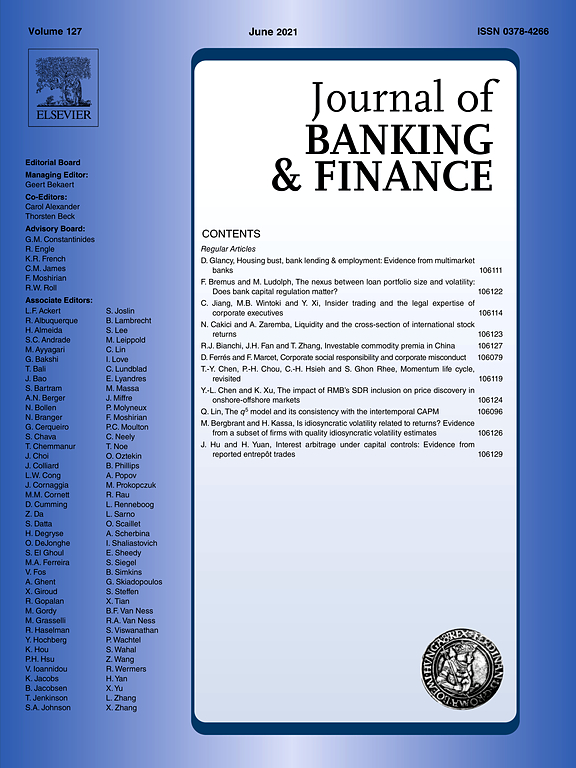
Taxing Banks: An Evaluation of the German Bank Levy
in: Journal of Banking and Finance, November 2016
Abstract
Bank distress can have severe negative consequences for the stability of the financial system. Regimes for the restructuring and resolution of banks, financed by bank levies, aim at reducing these costs. This paper evaluates the German bank levy, which has been implemented since 2011. Our analysis offers three main insights. First, revenues raised through the levy were lower than expected. Second, the bulk of the payments were contributed by large commercial banks and by the central institutions of savings banks and credit unions. Third, for those banks, which were affected by the levy, we find evidence for a reduction in lending and higher deposit rates.
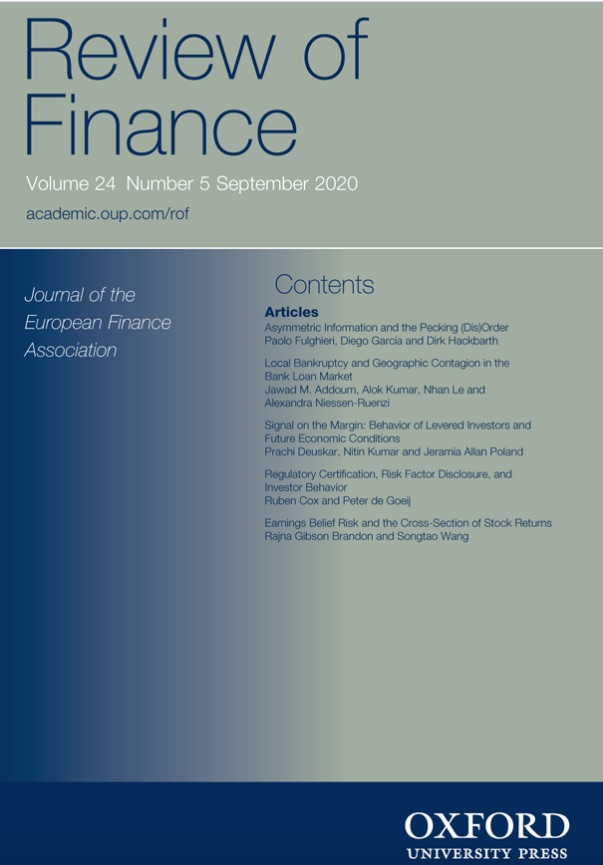
Lend Global, Fund Local? Price and Funding Cost Margins in Multinational Banking
in: Review of Finance, Nr. 5, 2016
Abstract
In a proposed model of a multinational bank, interest margins determine local lending by foreign affiliates and the internal funding by parent banks. We exploit detailed parent-affiliate-level data of all German banks to empirically test our theoretical predictions in pre-crisis times. Local lending by affiliates depends negatively on price margins, the difference between lending and deposit rates in foreign markets. The effect of funding cost margins, the gap between local deposit rates faced by affiliates abroad and the funding costs of their parents, on internal capital market funding is positive but statistically weak. Interest margins are central to explain the interaction between internal capital markets and foreign affiliates lending.
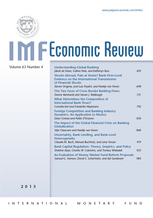
Uncertainty, Bank Lending, and Bank-level Heterogeneity
in: IMF Economic Review, Nr. 4, 2015
Abstract
We analyze how uncertainty affects bank lending. We measure uncertainty as the cross-sectional dispersion of shocks to bank-level variables. Comparing this measure of uncertainty in banking to more traditional measures of uncertainty, we find similar but no identical patterns. Higher uncertainty in banking has negative effects on bank lending. This effect is heterogeneous across banks: lending by banks that are better capitalized and have higher liquidity buffers tends to be affected less. Also, the degree of internationalization matters, as loan supply by banks in financially open countries is affected less by uncertainty. The impact of the ownership status of the individual bank is less important, in contrast.
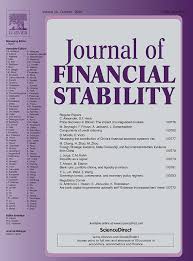
Cross-border Interbank Networks, Banking Risk and Contagion
in: Journal of Financial Stability, 2015
Abstract
Recent events have highlighted the role of cross-border linkages between banking systems in transmitting local developments across national borders. This paper analyzes whether international linkages in interbank markets affect the stability of interconnected banking systems and channel financial distress within a network consisting of banking systems of the main advanced countries for the period 1994–2012. Methodologically, I use a spatial modeling approach to test for spillovers in cross-border interbank markets. The results suggest that foreign exposures in banking play a significant role in channeling banking risk: I find that countries that are linked through foreign borrowing or lending positions to more stable banking systems abroad are significantly affected by positive spillover effects. From a policy point of view, this implies that in stable times, linkages in the banking system can be beneficial, while they have to be taken with caution in times of financial turmoil affecting the whole system.
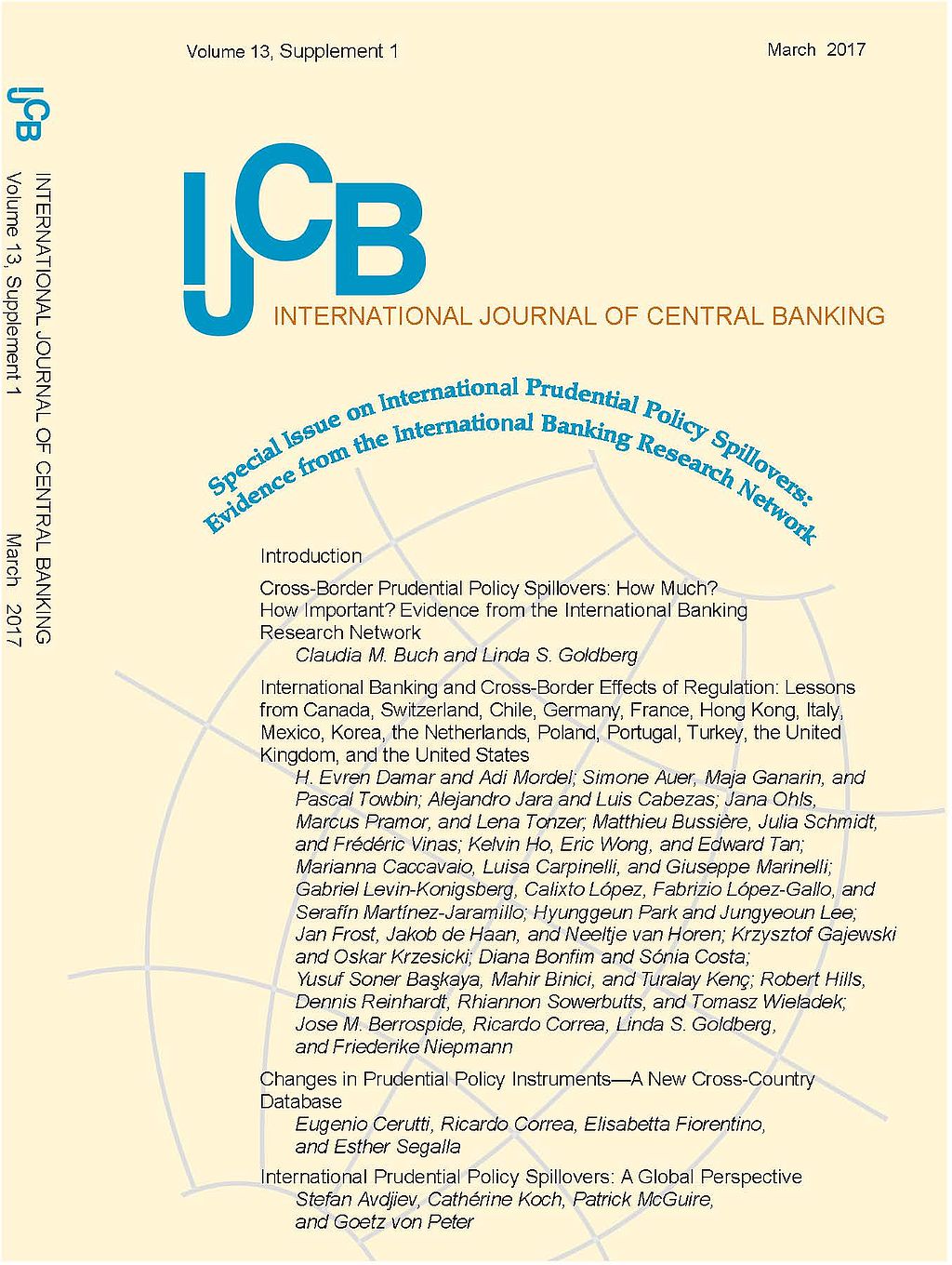
Financial Stability and Central Bank Governance
in: International Journal of Central Banking, Nr. 4, 2014
Abstract
The financial crisis has ignited a debate about the appropriate objectives and the governance structure of Central Banks. We use novel survey data to investigate the relation between these traits and banking system stability focusing in particular on their role in micro-prudential supervision. We find that the separation of powers between single and multiple bank supervisors cannot explain credit risk prior or during the financial crisis. Similarly, a large number of Central Bank governance traits do not correlate with system fragility. Only the objective of currency stability exhibits a significant relation with non-performing loan levels in the run-up to the crisis. This effect is amplified for those countries with most frequent exposure to IMF missions in the past. Our results suggest that the current policy discussion whether to centralize prudential supervision under the Central Bank and the ensuing institutional changes some countries are enacting may not produce the improvements authorities are aiming at. Whether other potential improvements in prudential supervision due to, for example, external disciplinary devices, such as IMF conditional lending schemes, are better suited to increase financial stability requires further research.














